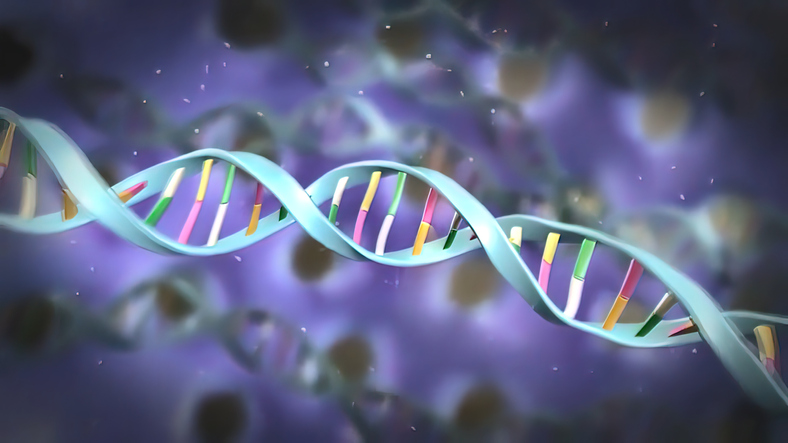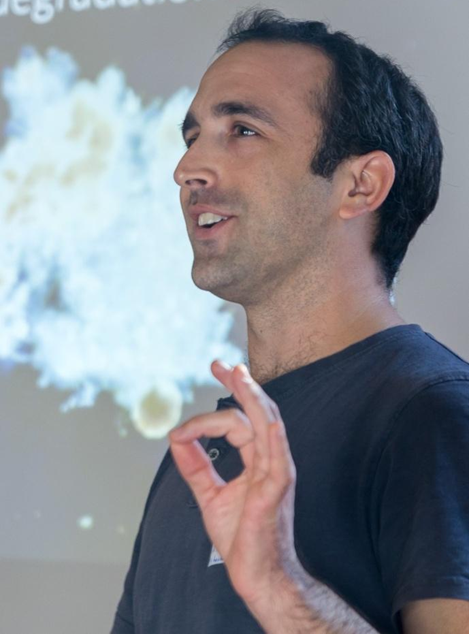
January 10, 2023—The journal Nature recently published a study by a team of researchers from the Hebrew University of Jerusalem and Hadassah Hospital in Jerusalem and the San Francisco-based biotechnology company GRAIL. The team shared a novel epigenetic database and reported major advances in our understanding of how different cells in the human body control their unique characteristics and functions. Tommy Kaplan, Yuval Dor, Benjamin Glaser, Judith Magnheim, and Ph.D. students Netanel Loyfer and Ayelet Peretz led the team.
Every cell in our body contains DNA, which encodes the “operating instructions” of the human body in the form of genes, segments of DNA that contain the information required for the cell to produce all of the proteins it needs. While all cell types have the same DNA, and thus could theoretically express all genes, each individual cell only utilizes a small fraction of its DNA, producing only the proteins needed to maintain its own specific structure and function. How each cell decides which genes to activate is a fundamental challenge in modern biology. In the 1980s, Hebrew University professors Aharon Razin and Howard Cedar revealed the basic mechanisms responsible for this control, showing that the DNA molecule is “annotated” by a process called methylation which determines which genes are expressed in a particular cell type. The pattern of DNA methylation is unique to each cell type and maintains its identity throughout our entire life. While the fundamental principles of DNA methylation are understood, the details of how the program is established, and the precise genomic signature for each cell type were mostly unknown until now.
The study reveals a broader view of the constellations of DNA methylation signatures present in the human body across dozens of cell types, including cells from the immune, blood, respiratory, cardiac, digestive, and vascular systems. This vast database will be a valuable resource for the scientific and medical community and will make it possible to answer fundamental questions in biology and promote new approaches to diagnosing diseases.
Prof. Glaser explains: “In the last four years we laboriously separated and isolated enriched populations of dozens of different types of cells from tissue samples we received from surgical colleagues at Hadassah Medical Center. The major cell types from each tissue were isolated and their methylation signature was determined by next-generation DNA sequencing, allowing us to identify genomic regions controlling the expression of genes in individual cell types. These regions reveal a new dimension of these cell types, and will allow us to focus on the key genomic regions where changes due to deletions or genetic variation might be involved in misregulation of gene expression and disease.”
Prof. Kaplan adds: “We developed algorithms and computational tools for representing and analyzing huge amounts of sequenced DNA data, and identified thousands of genomic regions that are uniquely methylated in specific cell types in our body. These regions, most of which are characterized here for the first time, allow us to identify and quantify DNA from specific cell types in unprecedented precision and will help determine the proportions of each cell type in composite samples. This precision was made possible both by using a large number of genomic regions (biomarkers) and by the fact that we simultaneously map and analyze multiple DNA methylation sites on each DNA molecule we sequence.”
One of the most promising applications of this atlas is in diagnosing diseases using a “liquid biopsy,” as Prof. Dor explains: “most cell types in our body are subject to constant turnover. When these cells die, they release short fragments of DNA into the bloodstream. The methylation atlas we developed makes it possible to examine these cell-free DNA fragments – which still carry the methylation signatures unique to their cell of origin – thus quantitatively inferring which and how many cells have died in the body recently. This information is of great medical importance.”
Prof. Dor adds: “Previous efforts by our team and others have shown that by analyzing methylation patterns of DNA fragments circulating in the bloodstream, it is possible to detect excessive cell death, thus identifying damage to the liver, pancreas, heart, respiratory system, and brain, as well as detect the presence of various types of cancer or metastases in distant organs.” The most promising and challenging application of the technology is screening to diagnose cancer at early stages, as done by Galleri, GRAIL’s multi-cancer early detection test, which analyses methylation patterns to predict the potential site of origin of a detected cancer signal.
The information embodied in the new methylation atlas will make it possible to develop sensitive and specific biomarkers for DNA from all major healthy cell types in the human body, and thus will advance the development of liquid biopsies for the purpose of diagnosing additional diseases, including Alzheimer’s, fatty liver and more.



